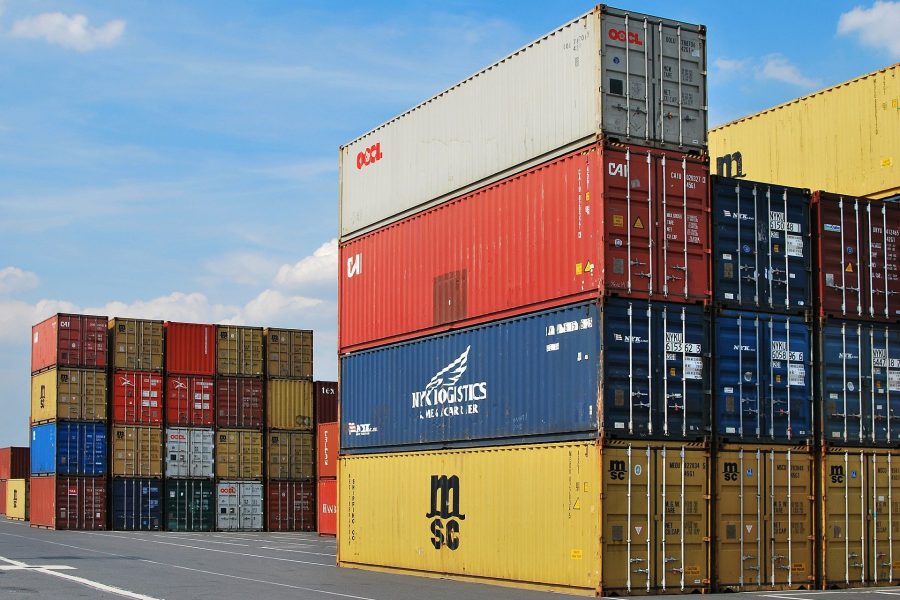In Pres. Biden’s $3.5 trillion pork reconciliation package, there’s a line item that even we limited government-types can get behind — planting trees. The question is, should the Federal government really be taking the lead?
The New York Post article recently uncovered that Biden’s mega-spending bill provides for $3 billion in funding for “tree planting and related activities to increase community tree canopy and associated societal and climate co-benefits, with a priority for projects that increase tree equity.”
But the Post should have also noted that it was Pres. Trump who signed an Executive Order to join the World Economic Forum’s One Trillion Tree Initiative. According to the U.S. Forest Service, more than 180 million people in more than 68,000 communities rely on the U.S. forested watersheds to capture and filter drinking water. Additionally, recreational visits to our National Forests promote economic growth, contributing $10.3 billion to the economy, and support approximately 140,000 full- and part-time jobs.
Moreover, early studies show that trees could also help reduce carbon in the atmosphere. NASA reported that an international research team, led by Jean-Francois Bastin of ETH-Zurich in Switzerland, used direct measurements of forest cover worldwide to create a model for estimating the Earth’s forest restoration potential: “By planting more than a half trillion trees, the authors say, we could capture about 205 gigatons of carbon (a gigaton is 1 billion metric tons), reducing atmospheric carbon by about 25 percent.” According to NASA, that’s enough to negate about 20 years of human-produced carbon emissions at the current rate, or about half of all carbon emitted by humans since 1960.
Critics of the tree planting outlay have pointed to the goofy sounding goal of “tree equity.” No doubt “equity” these days has become the buzz word for a lot of progressive ideas. But city dwellers and workers alike know that the poorest urban areas are often concrete jungles devoid of any greenery, while middle class and wealthy neighborhood streets are lined with shady trees. It’s not hard to imagine that clean city streets with healthy growing trees inspire civic pride and community engagement– reversing the broken-windows theory.
Perhaps no state has suffered more from the loss of trees than California as each year wildfires destroy millions of acres of forestland. The 2020 Castle Fire is estimated to have destroyed 10 percent of the world’s giant sequoia trees. The Dome fire the same year burned through 43,273-acres of the Joshua Tree woodland. In 2020 alone, the wildfires have burned more than 4 million acres of California land.
While we appreciate that Washington wants to plant more trees, already states and cities have taken the lead. Los Angeles’ Urban Tree Project, established by Mayor Garcetti, aimed to plant 90,000 trees in Los Angeles by the end of the year. The pandemic has slowed the city’s progress – so far, about 52,000 trees have been planted in the city. The Urban Tree project also helps community neighborhoods learn to care for the trees on their streets, saving maintenance for city.
We believe that a trillion more trees on Earth makes sense – but to paraphrase Joyce Kilmer – It’s not only the Federal government who can make a tree.
Rowena Itchon is senior vice president of the Pacific Research Institute.


